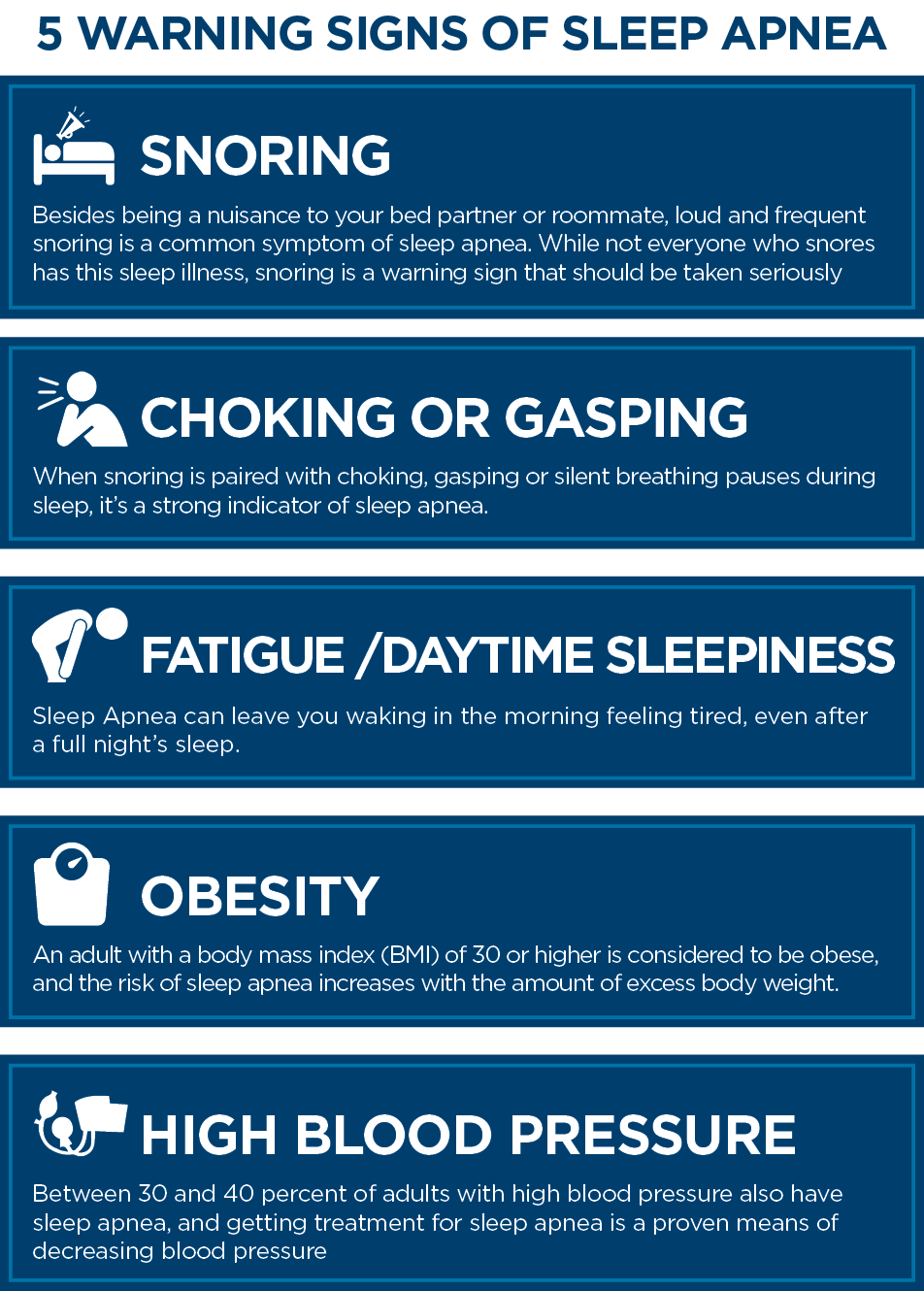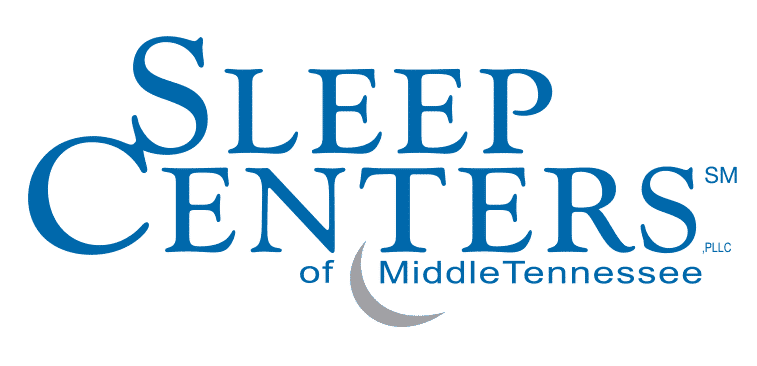Diagnosis and Treatment
What is Sleep Apnea?
The vast majority of people who suffer from sleep apnea have obstructive sleep apnea. Although some people will hold their breath at night, most will struggle to breathe through a partial blockage of the airway.
Obstructive sleep apnea (OSA) means that during sleep the airway is partially blocked or in more rare instances completely obstructed. Snoring is the sound of a blocked airway. It’s also the sound of someone struggling to breathe.
40% of the population snores and 80% of those people have obstructive sleep apnea (OSA). The other 20% of the population who snores, but doesn’t have OSA, are highly likely to get it within a few years.
Not all people who have obstructive sleep apnea make noise, but snoring is the main symptom and all chronic snorers should be tested.
Apnea vs Hypopnea
Apnea comes from the Greek meaning “without breath”, hypopnea comes from the Greek meaning “reduced breath”. How can you tell if you have apnea or hypopnea? An apnea occurs from a completely obstructed airway and is silent. A hypopnea occurs from a partially obstructed airway which typically makes a sound. If you snore, you’re likely experiencing hypopnea.
Most respiratory events at night are not apneas (complete airway obstructions) they’re hypopneas (partial airway obstructions). An apnea is a 90+% obstructed airway. An hypopnea is a 30-50% obstructed airway.
Most people who have obstructive sleep apnea are undiagnosed. If you snore, reach out for a consultation and evaluation to determine if you’re one of the undiagnosed.
Three Levels of Obstructive Sleep Apnea (OSA)
Some people may hold their breath when sleeping if they have a hypopnea or partial airway obstructions, but the majority of people don’t. Instead of no breathing, or pauses in breathing, they struggle to get enough air through a partially blocked airway. A partial obstruction, however, is no laughing matter. It’s just as serious and must be addressed because of the connection to serious disease states and risk factors. These obstructions, most often identified when a person snores, can and should be treated right away.

Mild OSA
You experience 5-15 breathing interruptions in an hour. If you’re sleepy, have depression, heart disease, or hypertension then treatment is recommended even when you’re diagnosed with mild OSA.

Moderate OSA
You experience 16-30 episodes of breathing interruptions in an hour. There is a marked increased risk of disease for those with moderate OSA. Therefore, It’s recommended that everyone in this category is treated. Treatment provides improvement in both quality of life and daytime function.

Severe OSA
You experience 31+ breathing interruptions in an hour. You’re in the highest risk group if your OSA is severe. 40% of people who are untreated are dead within 12 to 14 years. If you’re in this group, it’s important to seek diagnosis and adhere to treatment with CPAP.

How Will I Know if I Have Sleep Apnea?
Obstructive sleep apnea has numerous warning signs and common symptoms to help you identify potential issues.
Serious warning signs and health-related diseases caused by sleep apnea include:
- High blood pressure
- Pre-diabetes or type 2 diabetes
- Depression / Anxiety
- Weight gain / Obesity
- Heart Disease
- ADD / ADHD
- PTSD
- Acid Reflux (GERD)
- Erectile dysfunction
Do you or does your bed partner comment that you:
- Snore loudly
- Stop breathing when you sleep
- Experience morning headaches
- Have dry or sore throat in the morning
- Sleep on your side more than any other position
- Feel like you didn’t get a good night of sleep even when you’ve slept 7+ hours
- Have pain in your shoulders, neck, hips, or knees when you wake up
- Feel anxious or agitated when you wake up
- Experience “brain fog” in the morning
- Experience forgetfulness
- Have a lessened interest in sex

Comorbidities listed above, which are two or more chronic diseases or conditions that occur in one patient at the same time, also strongly indicate the presence of obstructive sleep apnea.
Here is a more comprehensive list of chronic diseases and conditions that strongly indicate you suffer from or are at greater risk for obstructive sleep apnea.
Treatments for Obstructive Sleep Apnea
Obstructive sleep apnea worsens with weight gain and age. Losing weight often helps but rarely resolves OSA. It’s a vicious cycle where OSA causes weight gain (especially women) and gaining weight worsens OSA, which in turn leads to further weight gain. Treating it often helps initiate weight loss.
While there are several new unsubstantiated treatments for OSA in the marketplace, the standard treatments include continuous positive airway pressure (CPAP), an oral appliance or mouthpiece, and in very rare instances, surgery.
How you treat obstructive sleep apnea depends on several factors including the severity, your age, weight, dental history, and other diseases present. After a comprehensive evaluation, we can choose the right treatment for you, together.
Talk to someone about your sleep
Learn how we can help

